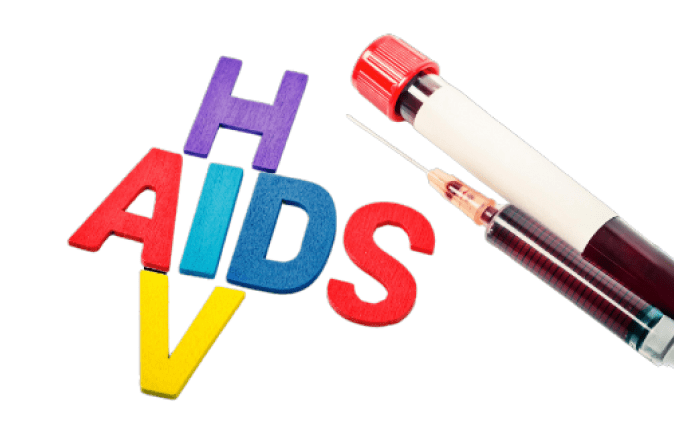Are You Noticing More Moles on Your Body Lately? Understanding Causes, Age Factors, Statistics, and Potential Complications
Have you recently noticed an increase in the number of moles on your body? Don’t worry; you’re not alone. Many people experience the appearance of new moles as they age, but it’s essential to understand the underlying factors, potential complications, and when to seek medical attention. In this article, we’ll explore why moles may be appearing more frequently, the role of age, relevant statistics, and the potential complications associated with moles.
Why Are More Moles Appearing?
- Genetics: Genetics plays a significant role in the number of moles a person has. If your parents or other family members have a history of numerous moles, you are more likely to develop them as well.
- Sun Exposure: Sun exposure is a significant factor in the development of moles. UV rays from the sun can trigger the growth of moles, especially in fair-skinned individuals who sunburn easily. It’s crucial to protect your skin from the sun to reduce the risk.
- Hormonal Changes: Hormonal changes, such as those occurring during pregnancy, puberty, or while taking birth control pills, can lead to an increase in moles.
- Age: Age is a common factor. The older you get, the more likely you are to develop new moles. Most people continue to develop new moles until their 30s or 40s.
Age and Moles
As mentioned earlier, age is a significant factor in the development of moles. The peak time for developing moles is during childhood and adolescence. By the time most people reach adulthood, they have between 10 and 40 moles. However, as you age, new moles may continue to appear, but at a slower rate. It’s essential to monitor these changes as you get older.
Statistics on Moles
- Prevalence: Moles are incredibly common. According to the American Academy of Dermatology, the average person has between 10 and 40 moles.
- Skin Cancer Risk: While most moles are benign, some can develop into skin cancer, such as melanoma. In the United States, melanoma accounts for just 1% of skin cancers but causes a large majority of skin cancer deaths.
Complications and When to Seek Medical Attention
Most moles are harmless, but it’s crucial to monitor them for any changes that could indicate skin cancer. Here are some warning signs:
- Asymmetry: If one half of the mole looks different from the other half.
- Border Irregularity: Moles with irregular, notched, or blurred borders.
- Color Changes: Moles that have uneven coloring or changes in color over time.
- Diameter: Moles larger than a pencil eraser (about 6mm).
- Evolution: Any mole that changes in size, shape, or color, or starts to itch, bleed, or become painful.
If you notice any of these warning signs, it’s essential to consult a dermatologist promptly. Early detection of skin cancer can significantly improve the chances of successful treatment.
The appearance of new moles on your body is a common occurrence, especially with age, genetics, sun exposure, and hormonal changes playing significant roles. While most moles are harmless, it’s crucial to monitor them for any changes and seek medical attention if you notice any warning signs. Regular skin checks and sun protection are essential steps in maintaining your skin’s health and reducing the risk of skin cancer. Remember, when in doubt, consult a dermatologist to ensure your peace of mind and skin health.










